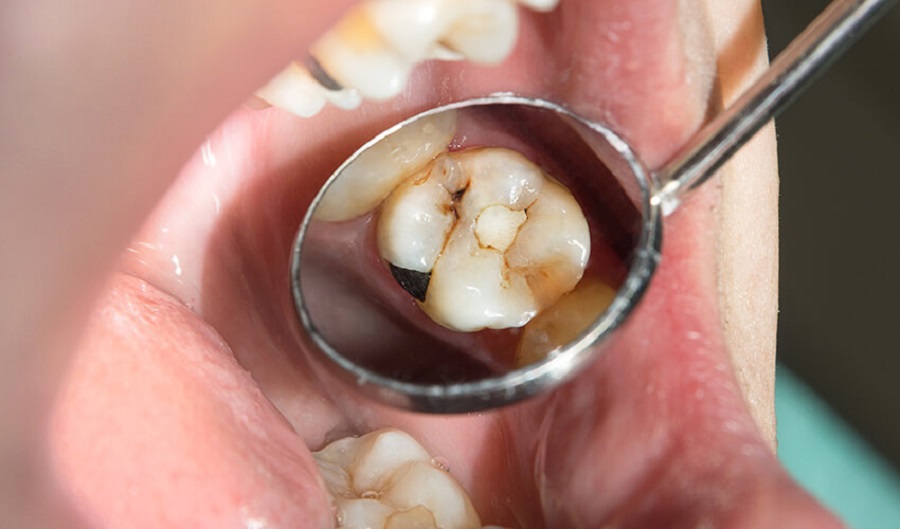Brightness vs. Health: Why You Must Treat Tooth Decay Before Teeth Whitening

Achieving a brilliant white smile is a popular cosmetic goal, but the journey to brightness must always start with a clean bill of oral health. The relationship between tooth decay (cavities) and teeth whitening is critical: attempting to whiten decayed teeth is not only ineffective but can be actively dangerous to the tooth’s structure and nerve.
Understanding Tooth Decay (Cavities)
Tooth decay is the breakdown of tooth enamel due to bacteria producing acid, which creates holes (cavities or dental caries).
Treatment Priorities: Addressing the Problem
Before any cosmetic dental procedure, a dentist’s primary goal is to restore health and structural integrity. Treatment options depend on the severity of the decay:
-
Dental Fillings: For small to moderate cavities, the decayed material is removed, and the area is filled, typically with a composite resin that can be matched to the surrounding tooth color.
-
Dental Crowns: For large or severely damaged teeth, a crown (cap) is placed over the entire tooth structure to protect it from fracture and further decay.
-
Root Canal Therapy: Required if the decay has penetrated the nerve (pulp) of the tooth, causing infection and severe pain.
The Danger Zone: Whitening Decayed Teeth
Teeth whitening products, whether professional or over-the-counter, rely on bleaching agents (usually hydrogen peroxide or carbamide peroxide) to penetrate the enamel and break down stain molecules. When these chemicals meet decayed teeth, severe problems can occur:
|
Risk Factor |
Explanation |
Consequence |
|
Increased Sensitivity |
Decayed teeth have damaged enamel, exposing the underlying, highly sensitive dentin and potentially the tooth nerve (pulp). |
The bleaching agent penetrates these damaged areas directly, causing severe, lasting pain and irritation. |
|
Pulp Damage |
If a cavity is deep, the chemicals can reach the pulp chamber, leading to inflammation, infection, and potentially requiring emergency root canal therapy. |
Permanent damage to the tooth’s vitality. |
|
Uneven Results |
Whitening agents only work on natural tooth structure. Existing fillings, crowns, or veneers will not whiten. |
After treatment, the decayed areas, existing fillings, and the new white enamel will be different shades, creating a noticeably patchy, unaesthetic smile. |
The Safe Path to a Brighter Smile
The consensus among dental professionals is clear: Cavities must be treated first, then the whitening procedure can follow.
The Proper Sequence
-
Comprehensive Checkup: Visit your dentist for a thorough examination to identify all active decay, gum disease, or cracks.
-
Restorative Treatment: Fillings and crowns are placed. If composite resin fillings are used, the dentist may choose a shade slightly lighter than the current tooth color, knowing that the natural enamel will be whitened later.
-
Teeth Whitening: Once all dental surfaces are sealed and healthy, the whitening process begins. Options include:
-
In-Office (Power) Whitening: Uses a high-concentration gel and often an activating light (like LED or laser) for fast, dramatic results (up to 8 shades brighter) under professional supervision.
-
Professional Take-Home Kits: Uses custom-fitted trays made by the dentist and a lower-concentration gel, offering gradual, safe results at home.
-
-
Maintaining Results: After whitening, maintaining oral hygiene and limiting staining foods (coffee, red wine) are essential.
By addressing the foundational health of your teeth first, you ensure that the whitening procedure is not only safe and comfortable but also yields the consistent, lasting result you desire.


















